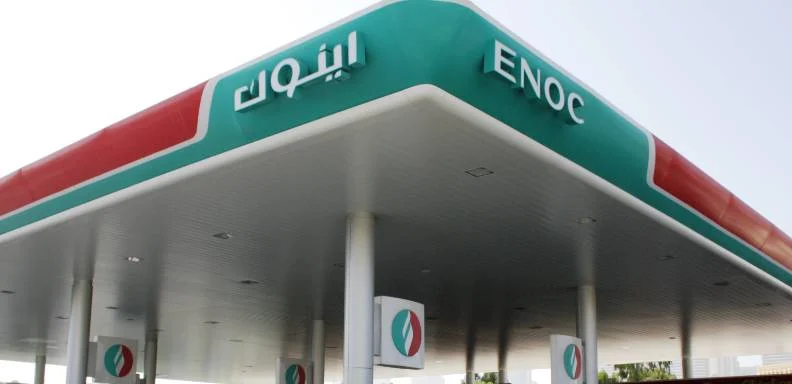In a context where global energy markets are increasingly volatile, fuel prices in the United Arab Emirates (UAE) serve as key indicators for both consumers and businesses. The recent approval of fuel prices for October 2024 by the UAE Fuel Price Committee has generated notable interest and debate regarding its impact on the local economy and its relevance in the regional energy sector.
With a pricing structure that includes various types of fuels, it is essential for consumers and businesses to understand how these prices affect not only their monthly spending but also the competitiveness of different sectors. Below, the approved prices are detailed along with their possible repercussions in the market.
Analysis of fuel prices for October 2024 in the UAE.

In October 2024, fuel prices in the UAE are set at figures that invite reflection. Diesel, essential for various industries in both transport and logistics, is priced at 2.6 dirhams per liter. This price can directly influence the operating costs of many companies, increasing the financial burden if not managed properly. Mobility is crucial in a country where trade and transport are the pulse of the economy, so the impact of this diesel price increase could be deeper than it appears at first glance.
On the other hand, gasoline prices have also been updated. Super 98 is set at 2.66 dirhams per liter, followed by Special 95 at 2.54 dirhams per liter and E-Plus 91 at 2.47 dirhams per liter. For many consumers, these figures are not only relevant for calculating the cost of filling their car tanks but also raise concerns in a scenario of rising inflation and expectations of adjustments in household spending.
Fluctuations in these prices are undoubtedly a reflection of the dynamics of the global market and the internal policies of the United Arab Emirates. Authorities must prompt us to reflect on how these changes not only influence the domestic economy but also directly affect foreign investment and large-scale development projects. Companies must prepare to handle the challenges that these price increases present in an ever-changing global environment.
Impact of fuel prices on the local economy

The increase in fuel prices has a domino effect on various sectors of the UAE economy. From public transportation to construction and agriculture industries, the costs associated with logistics are directly impacted. This scenario may translate into higher prices for final products, raising concerns among consumers who already face the challenge of a rising cost of living.
Furthermore, small and medium-sized enterprises may be affected by reduced profit margins. Companies that rely on mobility for their operations will face tough decisions between raising prices or absorbing the additional costs. In this sense, efficient management and resource optimization become crucial. Companies must consider strategies that reduce fuel consumption, such as investing in cleaner and more sustainable technologies.
Another aspect to consider is the impact on long-term economic planning. With these fuel prices, authorities must reassess their fiscal policies and infrastructure investment. The search for energy alternatives is becoming increasingly urgent, potentially leading to a shift towards renewable energy, thereby promoting the diversification of the country’s economy and reducing dependence on oil. Sustainability has become a key topic in the debate about the future economic outlook of the UAE.
Strategies to tackle the rise in fuel prices.

Companies and consumers in the UAE need to adapt and create strategies that will allow them to face the rise in fuel prices by October 2024. For consumers, awareness of efficient fuel consumption is critical. Practicing more efficient driving habits, such as avoiding sudden accelerations and maintaining a constant speed, can help reduce expenses. In addition, considering the use of sharing economy platforms could provide relief from price increases.
On the part of companies, implementing technologies that optimize logistics and minimize fuel consumption becomes a priority. Investing in more efficient vehicle fleets and using smart route management systems are options that can make a significant difference. At the same time, companies should consider diversifying their energy sources, exploring alternatives such as electric or hybrid vehicles.
Finally, it is vital for companies to maintain open communication with their customers about price changes and their willingness to adjust certain rates. Price transparency can generate trust and loyalty among customers, allowing companies to maintain a solid base in times of economic uncertainty. In summary, adapting to new fuel prices involves a combination of management strategies and changes in consumer behavior, vital for navigating through this challenging landscape.



